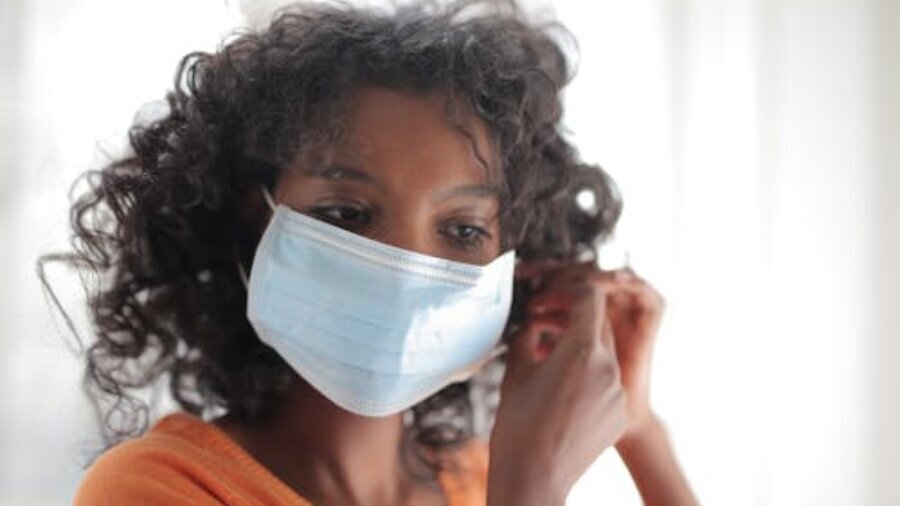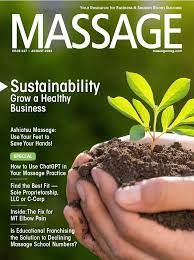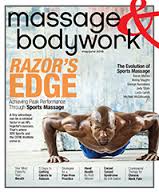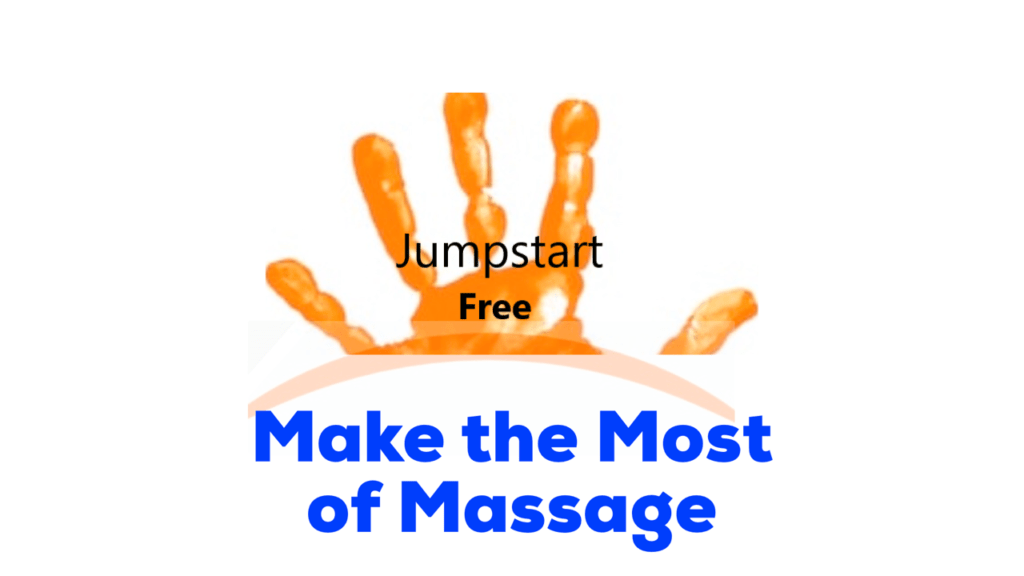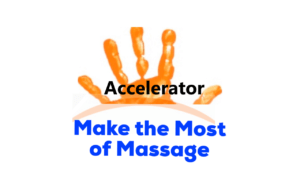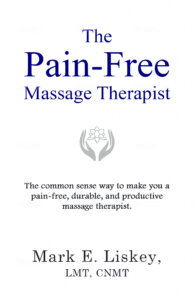If you’re going to open up your massage business during the Covid-19 phase-in you must accept the fact that you can reduce risk, but not eliminate it.
To completely eliminate the risk of spreading and/or contracting Covid-19 you and your client would need to stay home.
That’s a tough massage to do.
So, what kind of risk are we accepting?
Well, we can’t social distance to do our job. So, not being able to social distance increases our risk of getting and/or transmitting Covid-19.
Here are some other things: In the US, in general (I know that each area can be different), we don’t have reliable and adequate Covid-19 and antibody testing.
We don’t smart test.
We don’t have comprehensive contact tracing systems in place.
And we we’re waiting for valuable pieces of information that could inform our decision-making, like do antibodies equal immunity? (No human fault here; that information takes time.)
I’d say going back to work now means we’re accepting a fair amount of risk.
Okay, so what can we do to make our actual work area and how we (and our clients) operate in that work area less risky?
Simple: No one breathes in the massage room.
Okay, probably a little too draconian.
The answer is to institute a best practices approach.
We’re going to get our information for best practices from 3 resources: (1) State, (2) CDC, and (3) OSHA.
Here are the links to those resources:
State Massage Therapy Guidelines
For state recommendations/requirements you’ll need to go to your state massage board website or state website.
OSHA Massage Therapy Guidelines
For OSHA guidelines download this guide (page 14 for preparing the workplace and use of PPE: https://www.osha.gov/Publications/OSHA3990.pdf
CDC Massage Therapy Guidelines
For CDC guidelines go here: https://www.cdc.gov/coronavirus/2019-ncov/community/reopen-guidance.html
Yeah, that’s some pretty dry stuff–and my brain doesn’t work well with dry. I need to see what the actual experience would be like. So, I created a Covid-19 Massage Therapy Guidelines – Safety and Operations resource from a practical standpoint. It starts with the client parking in our parking lot.
Here it is:
Covid-19 Massage Therapy Guidelines
Safety and Operations
1. Client parks.
2. If the massage room is ready for the client, then the client can come in. If not, the client waits in her car until the massage therapist tells her that it’s okay to come in via text or the massage therapist (with mask on) goes out and gets the client.
3. Client walks in the building front door. Disinfectant wipes are outside the door so the client can use a wipe for a barrier.
4. Bathroom door is open if client has to use the bathroom before the massage. Disinfectant wipes are in the bathroom and a CDC hand washing poster is on the wall.
5. Client walks into the office (office door is open), goes through the waiting room and into the massage room. The massage room now serves as the waiting room.
6. The intake is done in the massage room.
Option #1: Paper Intake—Verbal
Both client and massage therapist have masks on. The massage therapist has the paper intake form and reads the questions and writes the answers. The massage therapist gives the client a pen to sign intake (consent and office policy information). The pen is put in a container by the client to be disinfected later.
Option #2: Paper Intake—Client Fills Out Paper Intake
The client fills out the paper intake and signs it. The massage therapist is holding an open file folder (with the client’s name on it) and asks the client to put the intake form in the folder. The pen the client was using goes into a container next to her chair to be disinfected later. There’s another container next to the client’s chair for her to put the clipboard in which will also be disinfected after the massage.
The massage therapist has a separate clipboard with paper where she’ll write her session notes. She can look at the intake in the folder without touching the intake while writing notes on the separate piece of paper. (This approach would require a one-page intake form.)
The note paper does not go into the folder until after the session is over. Once it’s in the folder it can be stapled to the intake after 24 hours.
Option #3: Paper Intake—Client Prints Out Intake And Brings It In
The client prints out the intake from a link on our website. She fills it out and brings it with her to the appointment. In the massage room during the intake, the client hands the massage therapist the intake. The massage therapist has disposable gloves on.
After the massage therapists finishes the intake the pen goes into a receptacle for disinfecting later. The massage therapist then takes one glove off and disposes of it in a trash can. With the ungloved hand she picks up a folder and with the gloved-hand places the intake in the folder. She then carefully takes off the remaining glove by reaching inside the glove to pull off the glove so that it’s inside-out. She disposes of the glove in the trash can.
Any post-massage notes are written on a piece of paper and inserted in the folder. Intake and paper can be stapled together 24 hours later.
Option #4: Electronic Intake.
Intake is done electronically before session or on client’s smart phone in the massage room before the massage. The massage therapist does notes on her smart phone.
Here are four systems that meet HIPPA requirements and would do the job:
(1) IntakeQ ($50/month per one person): https://intakeq.com/pricing
(2) MassageBook ($25/month, unlimited people): https://www.massagebook.com/marketing/pricing/
(3) ClinicSense ($30/month, one practitioner): https://clinicsense.com/pricing/
(4) GoCanvus ($45/month): https://www.gocanvas.com/show_pricing_plans
7. The massage is done with appropriate PPE. Both massage therapist and client have face masks on. When the client is face down a cloth droplet shield can replace the use of a face mask.
8. When the massage is done the massage therapist leaves the room by using a paper towel or tissue barrier between her hands and doorknobs. After the therapist washes her hands she goes back into the massage room does a wrap-up, reschedules the client if needed and takes the payment. Both massage therapist and client have face masks on.
9. The payment transactions is contactless via a chip reader that plugs into a smart phone (or the payment was done already online).
10. The client leaves only having to push open the building front door. There are disinfectant wipes next to the door so that client can use one as a barrier if she so chooses.
Disinfecting Between Clients
Massage Room
Dirty laundry: Face cradle cover goes on top of dirty sheets on the massage table. Dirty sheets are bundled by pulling up from each corner and rolled in. Dirty sheets are put in a laundry receptacle that has a lid.
Disinfecting: All surfaces are wiped down with disinfectant wipes, including door knobs and anything the client or therapist may have touched during the session.
Bathroom
Disinfecting: All surfaces that may have been touched are wiped down with disinfectant wipes.
Hallway and Doors
Disinfecting: All surfaces that may have been touched are wiped down with disinfectant wipes.
Massage Therapist
PPE: Face mask is put in the laundry receptacle. New face mask is used for the next client.
Time Between Clients
30 to 45 minutes between clients will be allotted to disinfect office and prepare the room for the next client.
Massage Room Safety Strategies and Modifications
Trash cans now have a lid and foot pedal.
Disinfectant wipes are next to the client’s chair as well as on the end table counter for the massage therapist.
Additional Safety Measures
We will use a forehead temperature scanner for both the client and the massage therapist before the massage starts.
Okay, so that’s my Covid-19 Massage Therapy Guidelines: Safety and Operations Plan. It’s a living document. As new information and guidance comes along, it will be amended accordingly.
Stay safe. Be healthy. And if you want to get my latest info for free, sign up below:-)
